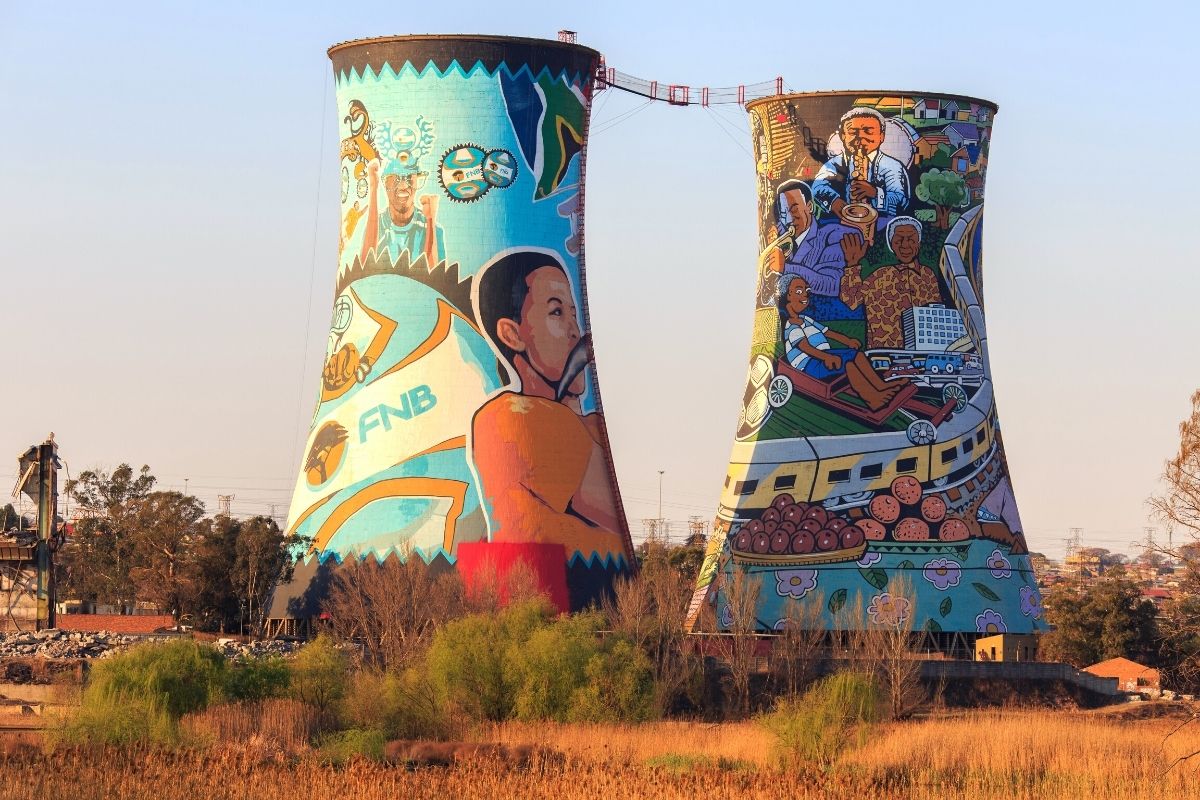The Ultimate Guide To Johannesburg North Attractions
Table of ContentsJohannesburg North Attractions Things To Know Before You Get ThisWhat Does Johannesburg North Attractions Mean?The Single Strategy To Use For Johannesburg North AttractionsThe 8-Minute Rule for Johannesburg North AttractionsThe Ultimate Guide To Johannesburg North Attractions7 Simple Techniques For Johannesburg North Attractions
The city grew on the edge of the Witwatersrand Key Reef, a below ground stratum of gold-bearing quartz-silica corporation that arcs for hundreds of miles under the Highveld - Johannesburg North attractions. Many of the gold mines in the city discontinued operation in the 1970s, however in its day the Witwatersrand gold industry accounted for more than 40 percent of the world's annual gold production.Johannesburg has a pleasant environment. Summertime temperature levels average concerning 75 F (24 C); winter season temperatures average about 55 F (13 C) and only occasionally dip below cold. The city appreciates concerning eight hours of sunshine daily in both winter and summer season. Rain standards regarding 28 inches (700 millimetres) per year, yet the total varies substantially from year to year.
What rainfall the city gets falls almost exclusively in the summertime, frequently in amazing late-afternoon electrical tornados. Air pollution presents a substantial issue, specifically in the winter months, when thermal inversions hamper the westward flow of air from the Indian Sea. Contamination is most serious in the largely settled Black townships on the city's periphery, where several citizens still count on coal for gas.

Excitement About Johannesburg North Attractions
The balance of the city is inhabited by whites. Lodging differs in character and top quality. Soweto is infamous for its endless rows of municipally developed, two-room matchbox homes, yet it also has a few flourishing territories as well as brimming squatter camps, where 10s of thousands live without water, electricity, or hygiene centers.
Physical growth, although somewhat restricted by transportation, proceeded rapidly as migration to South Africa, and Johannesburg in certain, increased drastically.
Many inadequate suburbs were combined, with inadequate blacks and whites living together, although the wealthy residential areas were typically booked for whites.
The previous system of eleven phoned number areas was reorganised in 2006. Marshalltown, as seen from the top of the Carlton Centre. The M1 and M2 run behind the structures, and the southern suburban areas extend past the highway limit. The internal city of Johannesburg is situated within the city's Region F. The number of people living in the inner city on an informal basis is unidentified, as many are illegal immigrants. The joblessness, education and learning, and age profiles of the area are all unknown, due to the difficulty of acquiring reliable details about the location.
Getting The Johannesburg North Attractions To Work
Yeoville and Bellevue have a mix of apartment and single property systems on little whole lots. The area is situated on a hilly divide that runs from eastern to west. The most conspicuous geographic feature is Observatory Ridge, which is named for the huge observatory located on it. The entertainment spaces are no much longer used, due to safety issues.

Top Guidelines Of Johannesburg North Attractions
The eastern suburbs are some of the oldest areas of Johannesburg, there are big neighborhoods of view it now Jewish and other European histories, the majority of the populace is English talking. There are three golf courses as well as a number of protected ridges with viewsites.
The location is mostly composed of old "matchbox" homes, or four-room homes built by the government, that were developed to offer economical holiday accommodation for black employees throughout apartheid. Soweto is an abbreviation, standing for "South Western Townships". Street after street in this area is lined with matchboxes; nevertheless, there are a few smaller areas where prosperous Sowetans have constructed homes that are much more comparable in stature with those in more affluent suburban Our site areas.
Hostels are one more prominent physical attribute of Soweto. Originally built to house male migrant workers, Recommended Site numerous have been improved as residences for couples and families. The N1 Western Bypass skirts the eastern border of Soweto. The residential area was not traditionally permitted to develop work centres within the location, so almost all of its locals are travelers to various other parts of the city.
The Basic Principles Of Johannesburg North Attractions
The property locations in the north suburban areas are primarily official, with no significant locations of casual housing, or housing that lacks an irreversible framework. This is a recognized area, there is a trend of land use adjustment from household to commercial, particularly along main arterial roads and around well-known nodes.
Roads to the eastern and west are less well established, as there are no freeways taking a trip in that instructions. Towards the northern boundary of the city, the density of growth reduces, leaving large areas of undeveloped land around Midrand.
5 Easy Facts About Johannesburg North Attractions Shown
, which is situated on a hillside overlooking the inner city and Hillbrow.